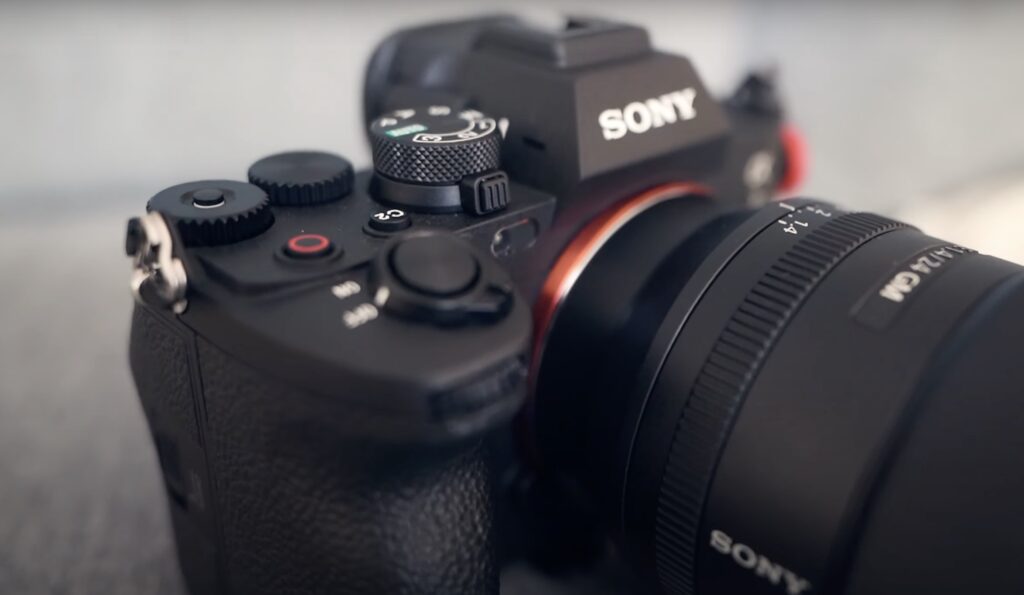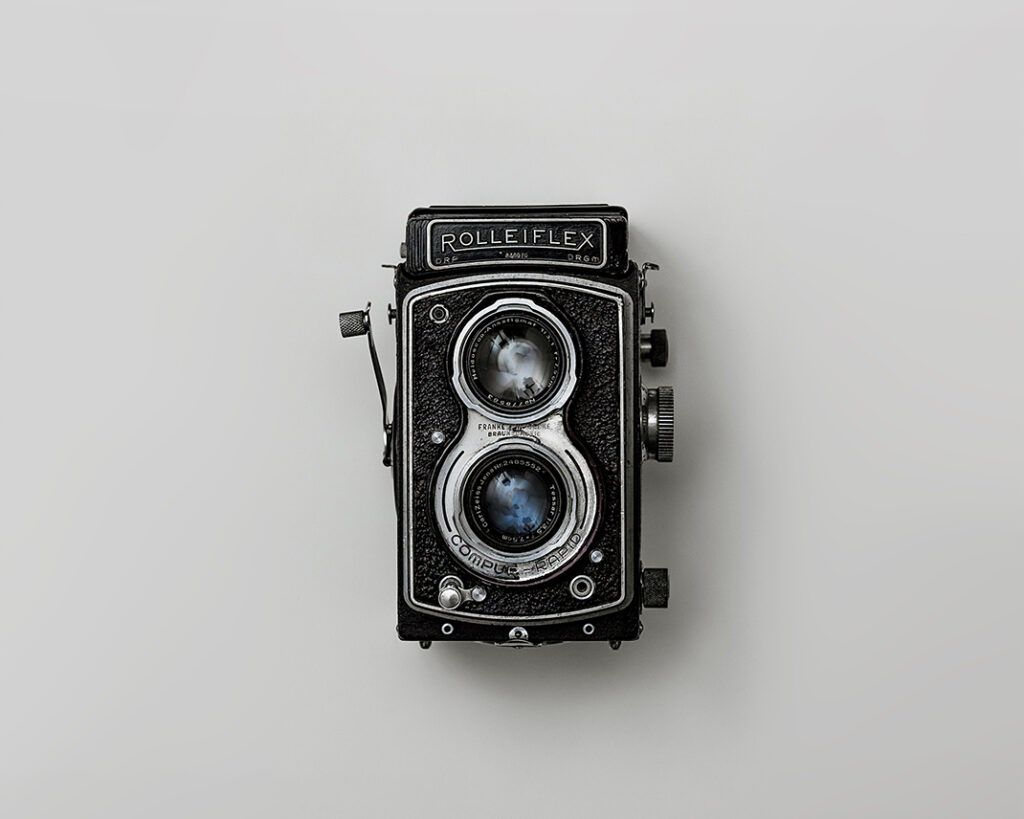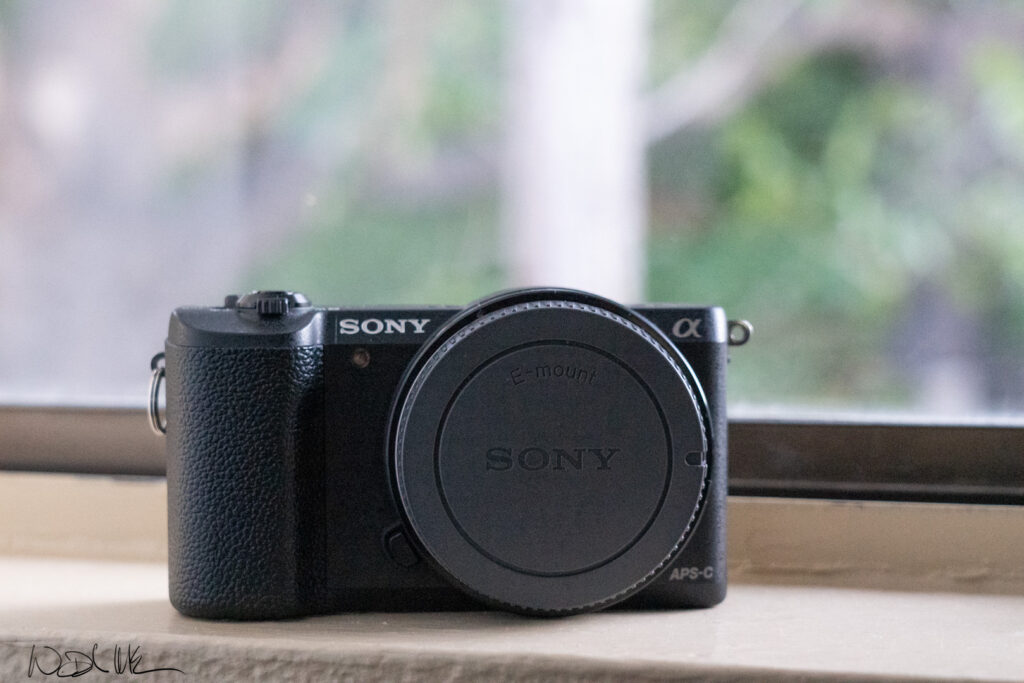Every generation of the A7 series has made significant improvements starting with the A7iii which revolutionized the consumer camera with eye autofocus and improved battery life.
The A7IV is no different. Sony really took everything from the A7iii and stepped it up a notch by improving upon the sensor, autofocus speed, physical controls, ergonomics, and video functionality. While this camera is not quite as revolutionary as the Sony A7iii, it is better in every way.
This camera has set the bar for all other entry-level cameras and has paved the way to making professional photography and filmmaking available to most consumers.
The A7IV stands out in its ability to truly act as a modern hybrid camera, but it’s unique features include focus breathing compensation and aperture color mapping.
How is it different from the A7iii?
The A7IV’s new features have improved upon the A7iii with the following features:
- Active image stabilization
- Faster autofocus
- 33 Megapixel sensor
- 4k 60p and 10 bit 4.2.2
- 10 FPS compared to
- CF express memory card option
- S-Cinetone
- Animal, planes, and car autofocus
Sony A7IV
The Sony a7IV packs still competes as one of the best full frame cameras for its robust full frame sensor and video features that compete directly with the A7siii and A1.
How does it compare to similar cameras
Other cameras similar to the Sony A7IV include the
- Canon R6
- Canon R6 ii
- Nikon Z6 ii
Each of these cameras has similar autofocus and video capabilities, but the Sony has the edge on focus breathing compensation and active stabilization. It also has more megapixels than all of these cameras, and I think Sony has the best lens selection.
The only disadvantage that I can see with the Sony A7IV compared to these other cameras is the crop factor when shooting 4k at 60p, but that may not be a limitation for everyone.
Redesigned Menus and hardware
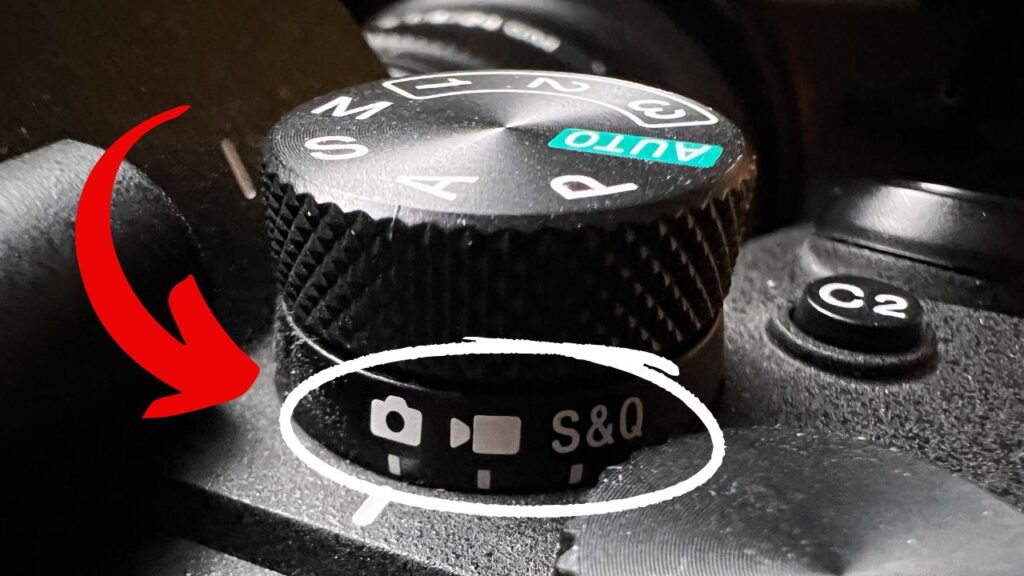
The Sony A7IV was one of the first high megapixel cameras that integrated the new menu system. I personally thing it’s a good system, but it took me years to get used to the older systems, so it was a bit challenging at first.
Fot the most part the menu is a great upgrade, and the touch screen is better too, but it’s still not as good as the equivalent Canon cameras.
I also love the new phot/video/S&Q switch. I think this mode makes this camera much better for hybrid shooting, and I love how all your saved buttons are saved in each mode. I did take me a few weeks to get used to it, but now I can’t live without it.
The new bar for action photographers
The Sony A7IV makes it the new bar for sports photographers, because we get faster autofocus, readouts, and have the ability to shoot 10 FPS. There are less expensive cameras for shooting action like the Sony A9 (version one), but it doesn’t have the versatility of the A7IV.
While the A7IV isn’t the best at shooting action, it’s good enough for most instances, and has some of the best autofocus performance from any camera on the market.
Sure, you’ll get a little faster performance and accuracy with a stacked sensor on the Sony A1, but it’s not a huge leap like it used to be and that’s why I think the Sony A7IV meets the bar for most sports and action photographers.
A strong contender for sports and portraits
If you think about it, most sports photographers are portrait photographers, and that’s why the A7IV is also an excellent camera for portrait photographers.
It meets the mark for any wedding photographer especially when a high frame rate is needed. It also has great low-light performance similar to what you would see in the previous Sony A7iii.
Eye autofocus is fast and accurate, and Sony now offers a portrait mode to soften skin tones. I’m not a huge fan of it, but it’s something to consider if you need to save time in post-processing.
It’s also a great camera for portraits because it has the ergonomics for larger focal lengths. When shooting with the Sony A7C, I found it impossible to use it for a prolonged period with the 24-70 2.8 or 70-200 2.8, and that’s why I primarily used smaller lenses.
It seems that cameras today are getting smaller and smaller, and this is really cumbersome when shooting with large lenses.
And that’s exactly why the Sony A7IV is a great all-around camera for most people.
Portraits
When it comes to portraits, the A7IV is close to the perfect camera for getting fast and accurate eye autofocus. I shot a wedding with the Sony A7C just to prove how it could handle it, and the A7IV would have truly been the perfect camera for that event.
For weddings, most photographers reach for the Sony A9 series or A1, but this camera is just about as capable in every aspect except frames per second. And there are very few instances when a portrait photographer needs that kind of speed.
More images also impact the workflow in post-processing, and that’s why I rarely shoot at high burst rates. When considering speed, I always think about the photographers before the digital age who were shooting film with 3-5 fps. They were still able to capture amazing images, and they didn’t need 30 FPS.
The Sony A7IV can shoot 10 FPS in compressed raw and 6 FPS in uncompressed raw. This is still pretty stellar, but you will still have more buffer time than what you’ll find with the A9 and A1.
Another feature useful for portraits is the ability to shoot to an FTP server. You can do this with older Sony cameras, but the Sony A7IV has faster transfer rates with the newer 5ghz wifi. You can even utilize this over USB-C over ethernet.
I think this feature is a little underused, but it could be useful for large events, fashion, or even weddings to get images out faster on social media or for a live presentation. This feature alone could really set you apart from other photographers by showing how you can deliver your images faster than anyone else.
Landscape photography
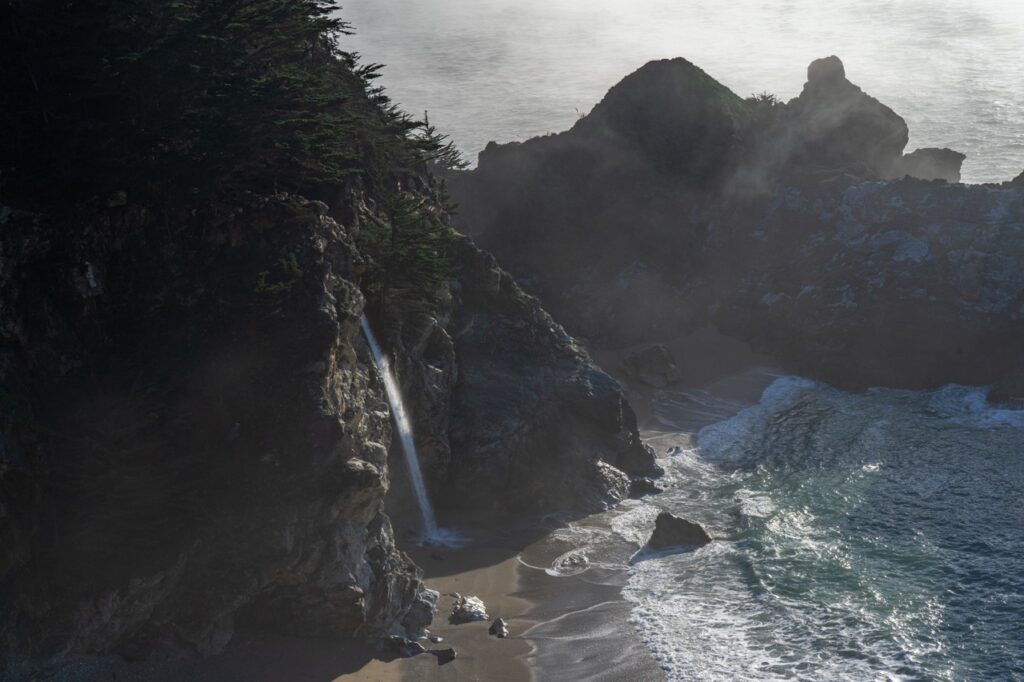
With modern cameras today you may think that the A7IV isn’t a great camera for landscape photography, but I prefer it due to the lower file sizes and incredible dynamic range.
10 years ago this would have been one of the highest-rated megapixel cameras, but now 33 MP is considered to be average.
After owning the Sony A7Riii, I realized that I don’t need the maximal resolution of 45 MP, and I became quite content with the small megapixel cameras.
I’ve also found that if I need more resolution, I can use Adobe’s super resolution or merge multiple images to make a giant image.
It is nice to be able to have the ability to crop from a single image, but I’ve found that I don’t crop that often and I really think 33 MP is the sweet spot for image resolution.
Dynamic range is another huge advantage of the Sony A7IV. I’ve found in general that high resolution cameras tend to have worse dynamic range.
For example, the A7riii with 45 megapixels has slightly worse dynamic range than the A7iii at 24 MP.
The A7IV doesn’t have this problem. Sony found a way to improve resolution without sacrificing dynamic range, and that’s especially useful for people who shoot landscapes.
I also prefer the Sony A7IV colors over the previous generation of Sony cameras like the A7Riii and A7Rii. They seem more accurate, and I prefer them to the previous generation of Sony cameras.
I know some landscape photographers won’t use the A7IV because of the lower resolution, and that’s why the A7RV is clearly the winner in this category.
Now if I had to pick out one flaw with this camera for landscape photography, it would have to do with the electronic viewfinder.
Seeing your subject through the viewfinder is probably one of the most important functions of any camera, and that’s especially true of mirrorless cameras.
Unfortunately, the EVF on the A7IV is mediocre at best. It’s not the worst EVF, but it’s also not the best, and if having a good EVF is important, your better off using the Sony A7RV or A1.
Pros
- Nice dynamic range
- High enough resolution
- Good colors
Cons
- Not much different from other Sony cameras
- Mediocre EVF
Battery life
Aside from the EVF and resolution, the only other con is battery life. I’ve found that the A7iv takes a slight dip in battery life compared to previous Sony cameras, but this is mostly when shooting video or spending time scrolling through menus.
My best tip for battery life is to reduce your time in menus. Set your custom buttons and avoid using the menus as much as possible.
Astrophotography
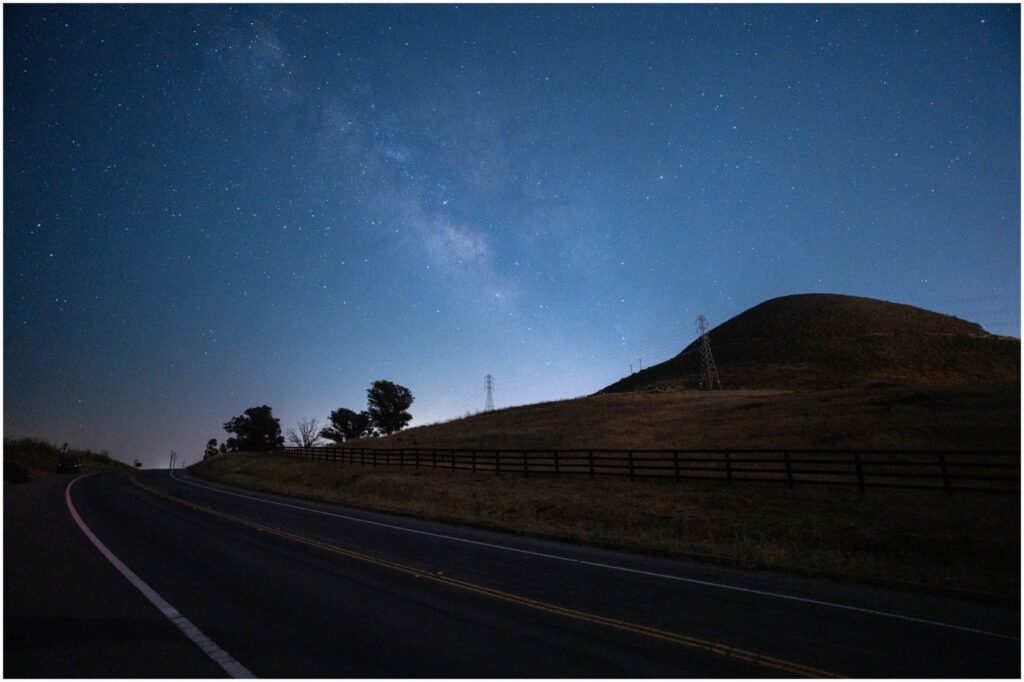
The Sony A7IV is one of the best cameras for astrophotography, and it compares well to similar cameras in its class.
In my opinion, the A7siii is the very best camera for astrophotography but 12 megapixels isn’t enough for most people. The next best camera, in my opinion, is any modern camera with a 20-24 megapixels sensor, and that includes the A7iii, A7c, Nikon Z5ii, and Canon R6ii.
Usually, lower-resolution sensors tend to yield better noise for astrophotography, but the Sony A7IV has similar performance to much lower-resolution cameras.
I compared the Sony A7IV to my previous A7iii and A7C and couldn’t tell them apart.
The Sony A7IV is that good.
I’ve found that the Sony A7iii and A7riii had subtle differences in noise and low light performance with the A7iii performing slightly better overall. A7IV is nearly identical with noise and dynamic range as the A7iii, and that’s why I think it’s top in class for astrophotography.
When shooting in auto white balance it still produces poor colors for nightscapes, but this can easily be changed in Lightroom or capture one.
Overall, I didn’t see anything real cons for astrophotography, and that’s one of the reasons that I decided to purchase this camera for personal use.
Conclusion
If you’re looking for a great all around camera for action, portraits, landscapes or video, the A7IV hits the mark.
I can’t recommend it enough especially if you’re looking at similar cameras in its class.
Pros
- Best-in-class sensor and dynamic range
- Great for both photo and video
- Good ergonomics
- Well rounded camera for most people
Cons
- Mediocre EVF and Monitor
- Not the fastest FPS camera
- Stabilization not as good as the A7RV

